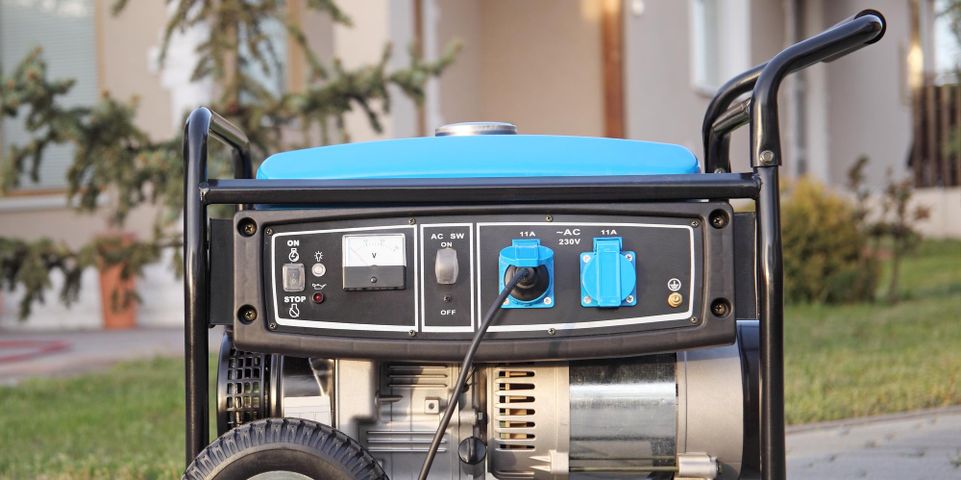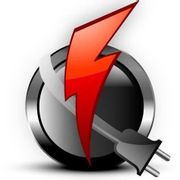How to Operate a Portable Generator During an Emergency

When your power goes out, your appliances stop working, which can cause all the food in your refrigerator to start going bad. One way to prevent this situation is by connecting a portable generator to restore power. Here’s a manual for how to use one of these handy devices properly and safely.
Do:
Care for extension cords.
When you’re not using them, keep your special generator-friendly extension cords carefully wound up and stowed in sealed plastic containers. If you’re careless with these wires, they can begin deteriorating, which makes them unsafe to use. It’s also helpful to store them together so you know exactly how to access them when you need them.
Consult with an expert about the load.
 It’s not safe to just assume that your generator can supply power for the whole house. First, you should ask your electrician how many volts your home needs and how much your generator can supply. Armed with that information, you’ll be able to avoid an overload.
It’s not safe to just assume that your generator can supply power for the whole house. First, you should ask your electrician how many volts your home needs and how much your generator can supply. Armed with that information, you’ll be able to avoid an overload.
Don’t:
Operate inside.
When you set up a portable generator to run, make sure it isn’t inside an enclosed area. These units release carbon monoxide, which is poisonous to humans, and can cause extreme respiratory distress. Instead, position the machine outside and away from any doors or windows.
Use when it’s wet.
Though it’s tempting to turn the device on after a flood, do not use it if it has gotten wet. Once plugged in, the machine could send out dangerous electric currents. Try to make sure the generator is positioned away from sources of water.
To secure an emergency generator for your property, don’t hesitate to reach out to McAtlin Electrical Corporation in Grand Junction, CO. The insured and licensed electrician will help ensure you have all the power you need while always staying safe. You can inquire about a set-up by calling (970) 257-7414 or by sending a message through the electrician’s website.
About the Business
Have a question? Ask the experts!
Send your question

